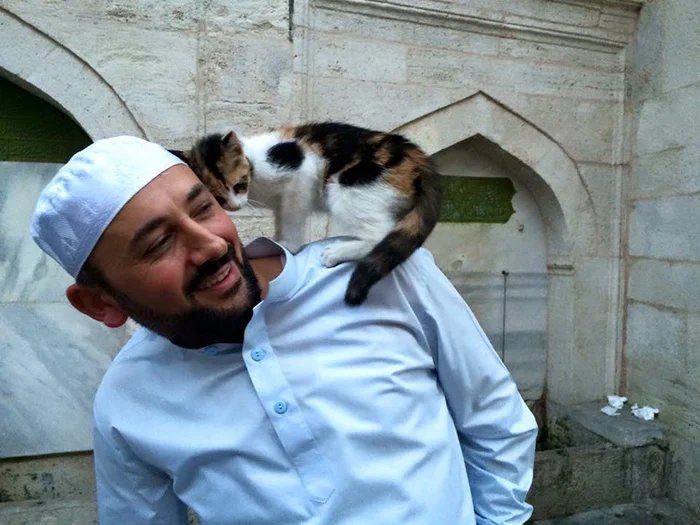In the heart of the bustling city, where ancient architecture meets vibrant urban life, a small yet extraordinary tale of compassion unfolds. Amidst the towering spires and minarets of Istanbul, an unexpected haven exists—a sanctuary for stray cats seeking refuge from the biting cold of winter. Here, the Aziz Mahmud Hüdayi Mosque offers warmth not only to its human visitors but also to its feline guests.
A Compassionate Gesture in the Heart of the City
Every winter, as the skies darken earlier and the chill creeps into corners and crevices, the city’s stray cats embark on a silent pilgrimage. These feline wanderers, accustomed to the bustling streets and the occasional kindness of strangers, long for a place where warmth is constant and plentiful. In the midst of this search, they find an unlikely guardian in Mustafa, the mosque’s dedicated imam.
Mustafa, with a heart as vast as the mosque’s grand halls, saw the stray cats wandering the streets and was moved by their plight. Remembering the teachings of compassion and mercy, he decided to open the mosque’s doors to these creatures of the street. In doing so, he transformed a religious institution into a heartwarming sanctuary, where each meow and purr echoed with gratitude.
The Warmth of the Mosque
As the mosque doors opened wider each day, cats began to trickle in, drawn by the promise of warmth and the soothing hum of humanity engaged in reflection and prayer. Inside, the mosque’s marble floors glowed softly under dim lights, and the air carried the fragrant scent of incense and devotion. Here, cats found more than just physical warmth; they discovered a community that embraced them.
The cats quickly made themselves at home, weaving through the legs of worshippers, curling up on ornate carpets, and basking under the soft glow of stained glass windows. Mustafa welcomed each cat as a “guest,” treating them with the same kindness and respect extended to human visitors. This act of compassion spoke volumes, reminding everyone of the essential goodness in humanity.
Stories of Resilience and New Beginnings
Among the many cats that stepped into the mosque, each had a story to tell. There was the gentle tabby who arrived with a litter of kittens, her eyes wide with trust as she nestled them behind the pulpit. Mustafa watched with a smile as the worshippers, accustomed to the cats’ presence, moved with gentle care around the feline family, ensuring their peace and comfort.
Another cat, an adventurous white tom with a curious nature, found the mosque to be more than just a refuge; it became his permanent home. Known to all as Sultan, he wandered the grounds with the air of a dignified host, proudly leading new arrivals to cozy corners and sunlit windowsills. His presence became a symbol of the mosque’s welcoming spirit, a living testament to the harmony between the spiritual and the everyday.
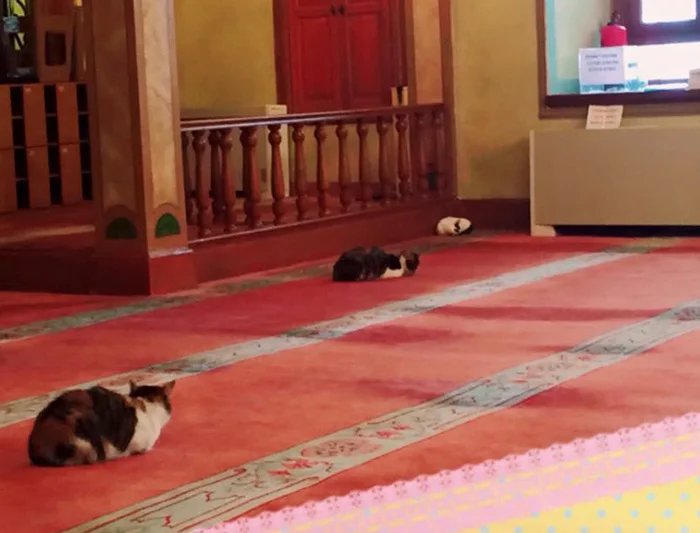
The Community’s Embrace
The mosque’s transformation into a feline sanctuary did not go unnoticed by the local community. People of all ages came to pray and found themselves charmed by the cats who had become part of the fabric of the mosque. Children, with their natural curiosity and joy, often gathered to play with the kittens, learning lessons of kindness and empathy in the process.
Local artisans and shopkeepers lent their support in subtle ways, donating blankets and food, ensuring the cats were well-fed and comfortable. The word spread, and soon, the mosque became known not just for its spiritual solace but also for its warm-hearted hospitality towards its feline friends.
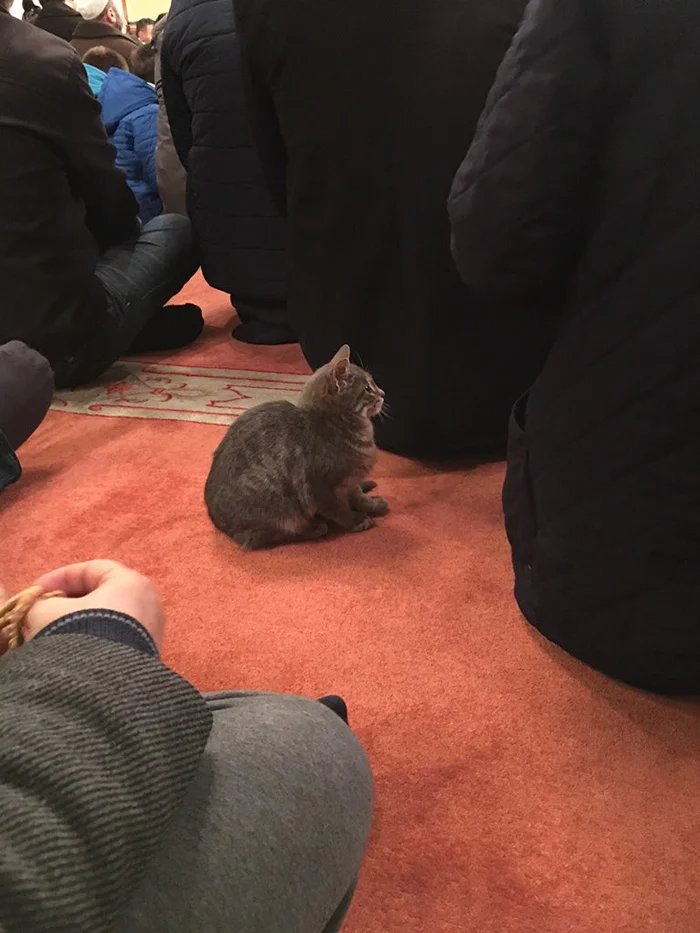
The Ripple Effect of Kindness
Mustafa’s simple yet profound act of opening the mosque to stray cats rippled far beyond its stone walls. His kindness became a beacon, inspiring others in the city and beyond to consider the impact of small, compassionate gestures. Social media buzzed with pictures and stories of the cats lounging in the mosque, each post a reminder of the power of empathy and community.
The concept of a mosque as a sanctuary for strays took root in the hearts of many, leading to similar initiatives in other parts of the city, where cafes and shops opened their doors to offer warmth and care. This wave of kindness reminded people of their shared humanity, encouraging them to look out for the voiceless and vulnerable in their communities.
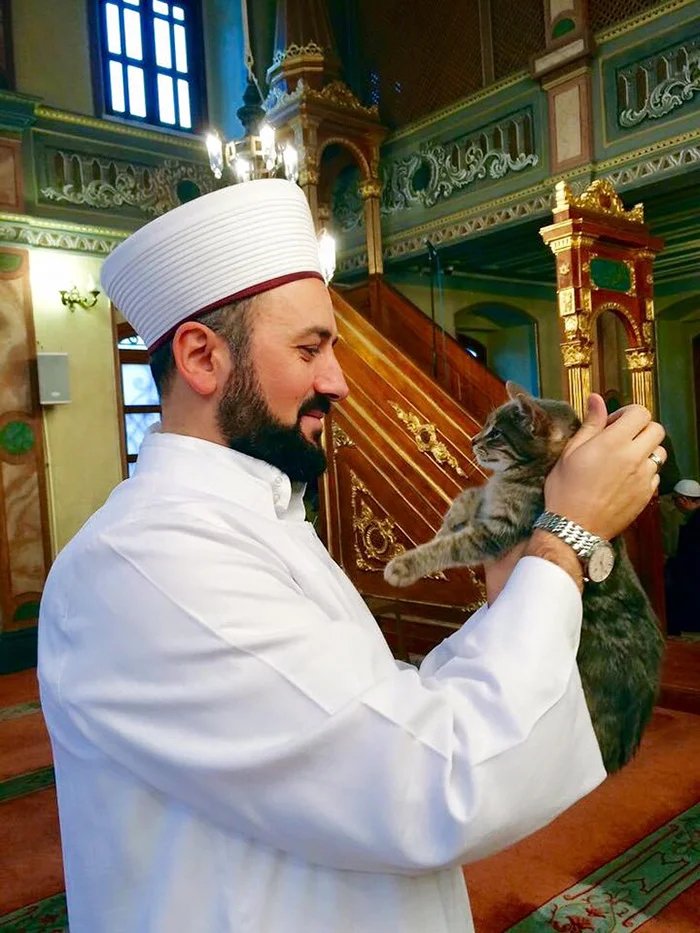
A New Tradition of Warmth
As winter turned to spring and the days grew longer, the cats continued to find solace within the mosque. The congregation grew accustomed to the gentle interruptions of feline visitors, whose presence brought unexpected moments of joy and reflection. Each cat that entered the mosque carried a story of survival, resilience, and trust, enriching the lives of those who welcomed them.
In the heart of a city that never sleeps, the mosque remained a quiet sanctuary, its warmth a steady flame against the cold. Mustafa, with his unwavering faith in the goodness of people and the humility to welcome all creatures, nurtured a tradition that transcended the seasons. Here, in this hallowed space, a new chapter was written—a tale of compassion that warmed all who crossed its threshold.
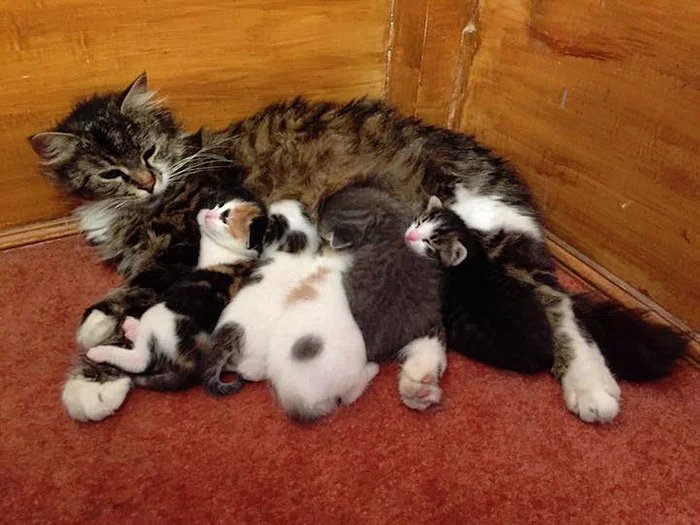
The Legacy of Compassion
Today, the story of the mosque and its feline guests continues to inspire. Its legacy serves as a gentle reminder of the kindness we are all capable of showing, no matter how small the gesture may seem. Mustafa’s decision to open the mosque’s doors has not only provided shelter to stray cats but has also opened the hearts of a community, creating a legacy of compassion that echoes through the city.
As the seasons change and the world spins towards another winter, one can only hope that the warmth of the mosque will continue to guide us, reminding us that compassion, like the sun, has the power to melt the coldest of hearts.
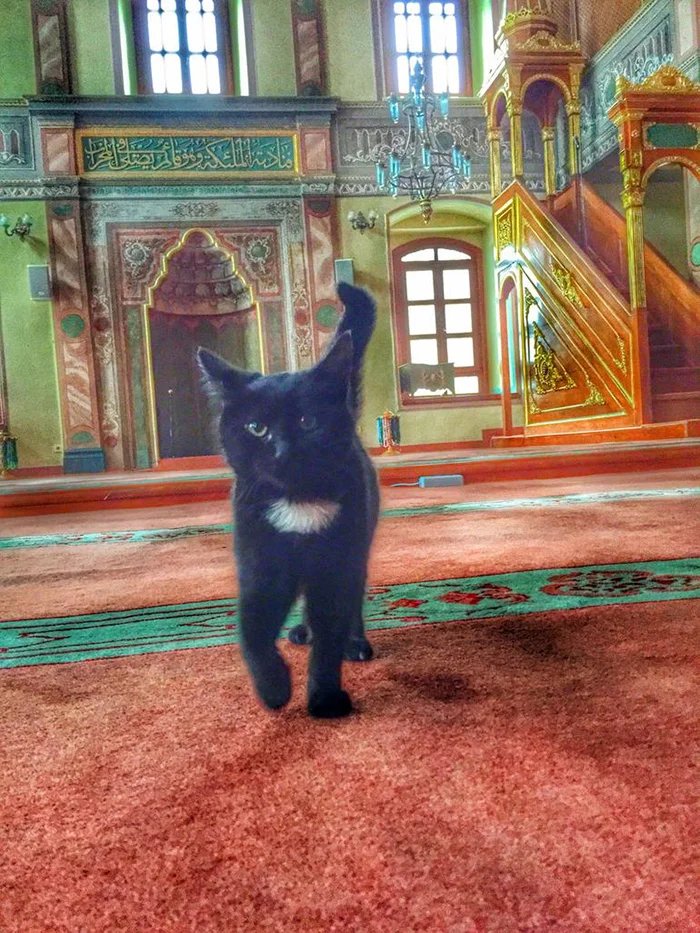
The Cats’ Role in Cultural Tapestry
Istanbul, a city where East meets West, has long been a place where cats are woven into the cultural fabric. They are not merely stray animals but are often seen as honorary residents. In literature and art, Istanbul’s cats symbolize resilience and adaptability, much like the city itself. The mosque’s open-door policy is a continuation of this cultural tradition, where cats are seen as beneficial companions who protect against pests and offer companionship.
The reverence for cats in Turkish culture can be traced back to religious beliefs and historical contexts. Cats are honored in Islamic tradition, often associated with cleanliness and protection. This cultural backdrop makes the mosque’s role as a sanctuary even more resonant, as it aligns with historical and spiritual values that have been cherished for centuries.
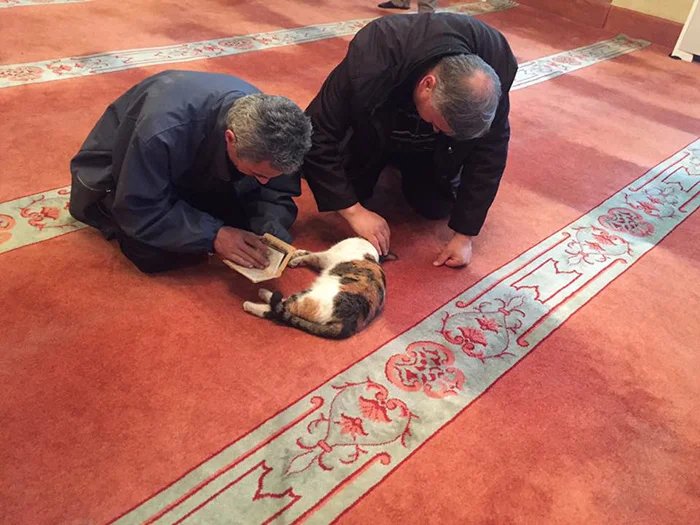
Personal Stories: Cats and their Human Friends
Among the many heartwarming anecdotes from the mosque, there is the story of Ayşe, an elderly woman who found solace in visiting the mosque not only for prayer but also to spend time with her favorite cat, a calico she lovingly named Mavi. For Ayşe, Mavi offered companionship during her quiet moments of reflection, and their bond became a cherished part of her daily routine.
Another regular visitor, a young boy named Kemal, found a kindred spirit in a black kitten he named Karabash. Together, they explored the mosque’s nooks and crannies, Kemal’s laughter a joyful accompaniment to Karabash’s playful pounces. The connection between the boy and the kitten became a source of joy to the entire congregation, illustrating the unique ways in which these feline guests enriched human lives as much as humans enriched theirs.
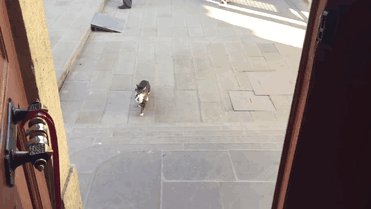
Practical Tips for Creating Cat-Friendly Spaces
If you’re inspired by the mosque’s story and want to create a welcoming environment for stray cats in your own community, consider these practical tips:
- Provide Shelter: Simple, insulated shelters can offer refuge from harsh weather. Remember to place them in quiet, safe areas where cats can relax undisturbed.
- Access to Food and Water: Regularly provide fresh water and food. Consider setting up feeding stations away from busy areas to prevent disturbances.
- Safe Interaction: If you’re encouraging community interaction, educate local residents about the importance of gentle handling and caution around unfamiliar cats.
- Consider Health Care: Partner with local veterinarians or animal welfare organizations to provide vaccinations and neutering services to control the cat population humanely.
Understanding Cat Behavior in Community Settings
Cats are naturally curious and territorial creatures. When integrating them into community settings like mosques or public spaces, understanding their behavior can ensure harmony. Cats often appreciate high vantage points where they can observe their surroundings safely. Providing a variety of resting spots, both elevated and ground-level, caters to different feline preferences.
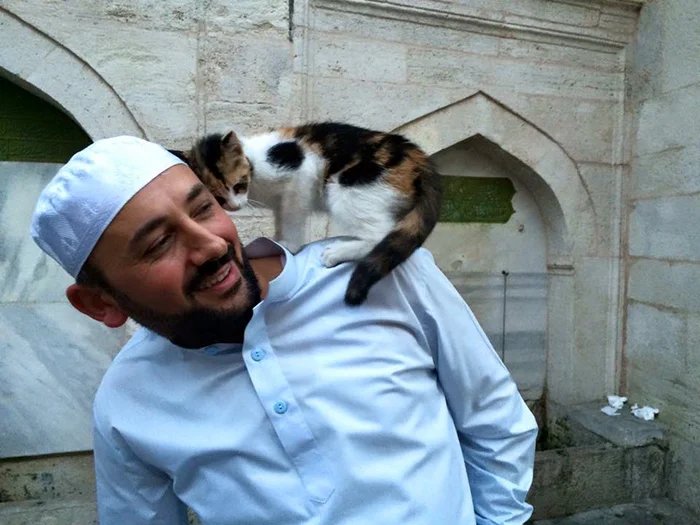
Recognizing signs of stress or illness is also crucial. Cats may be solitary by nature, but they thrive in environments where their needs for safety, nourishment, and mental stimulation are met. Encouraging positive human-cat interactions fosters mutual respect and understanding, crucial elements in any communal living arrangement.
Reflecting on the Impact of One Act of Kindness
The story of Mustafa and the mosque is a poignant example of how one act of kindness can create ripples of positivity throughout a community. It challenges us to rethink our roles in the lives of the animals that share our spaces. By opening our doors and hearts, we can foster environments of inclusivity and care.
As the mosque continues to serve as a sanctuary, its legacy grows, carrying with it the hopes of many for a world where compassion knows no boundaries. Mustafa’s gesture goes beyond providing warmth; it is a call to action for others to recognize the value of kindness in every interaction, whether with two-legged or four-legged beings.

EVEN DUCT TAPE CAN’T FIX STUPID

MEH
Future Prospects and Inspirations
The ongoing success of the mosque as a sanctuary for cats provides a hopeful glimpse into future urban relationships with wildlife. As cities grow, so too does the potential for innovative, compassionate solutions to coexist with nature. Community-led initiatives can pioneer changes that allow humans and animals to thrive together.
Inspired by the mosque, city planners, policymakers, and animal welfare advocates might explore new frameworks for urban development. These frameworks would prioritize green spaces, animal-friendly architecture, and resources for local wildlife, ensuring that the story of the mosque is just the beginning of a broader movement toward compassionate urban living.

